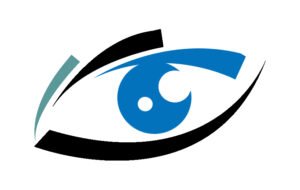Best Blended LASIK Specialist In Thane
Laser blended vision therapy is suitable for those who suffer from presbyopia. The majority of people have presbyopia, or refractive error , usually between the age of 40 to 45 years. As we get older the natural lens within the eye expands which results in a decline in the capacity to alter its focus from distant to near. This process is known as the process of accommodation (accommodation (eye).
Presbyopia can be corrected using blended LASIK, in such so that one eye’s dominant is set to distance and intermediate vision , while the eye that is not dominant sees best in the intermediate-to-near range. Because of the similarity between the vision of both eyes within the middle range,, the brain can fuse the visual images of both eyes, providing a great binocular view in which the eyes are working together to provide clear vision at close the intermediate, far and near without the need for glasses.
Laser Blended Vision is also able to be carried out following cataract surgery to enhance independence of the patient from glasses. The same procedure is possible to be combined in conjunction with Laser Blended Vision to provide patients with greater vision independence.
What are the Benefits of Blended Lasik?
The primary benefit for Laser Blended Vision is absence of reading glasses. One of the major advantages that comes with Laser blended Vision is that it doesn’t require a procedure that involves to enter the eye’s internal space which is a requirement for other intraocular lens options that require either monovision intraocular lenses and the application of trifocal/multifocal intraocular lenses.

